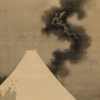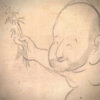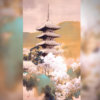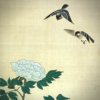Kajita Hanko: The Great Master of Modern Japanese Painting Who Produced Geniuses of the Next Generation Such as Kobayashi Kokei, Maeda Seison, and Okumura Togyū
In 1870, Kajita Hanko was born in Tokyo. At first, Hanko learned painting from a painter of Shijō school, Nabeta Gyokuei. In 1891, a few years after founding the Tokyo School of Art, Okakura Tenshin, a Japanese scholar who contributed to the development of arts in Japan, established the Japan Youth Painting Association together with Kobori Tomoto, Terasaki Kōgyō, and Mizuno Toshikata. Hanko also joined that association and served as its judge. In 1896, the Japan Youth Painting Association changed its name to the Japan Art Association. On the other hand, Okakura Tenshin, being ousted from the Tokyo School of Art, founded the Nihonbijutsu-in (Japan Art Institute). And in 1898, the Japan Art Association and the Nihonbijutsu-in together hosted the painting competitive exhibition. Back then, Hanko also was a special supporting member of the Nihonbijutsu-in. Hanko’s relationship with Tenshin from an early period made that collaboration possible. From 1898 to 1900, Hanko was assigned to the Toyama Prefectural Craft School as its vice principal and went to Toyama. In 1917, at the age of 48, Hanko’s short life came to its end. Hanko put a lot of effort into teaching his disciples and produced geniuses of his following generation such as Kobayashi Kokei, Maeda Seison, and Okumura Togyū.
One of Hanko’s most famous works is “Shunshōen (A Widow of in a Spring Evening)” which was exhibited at the 12th painting competitive exhibition held in 1902.
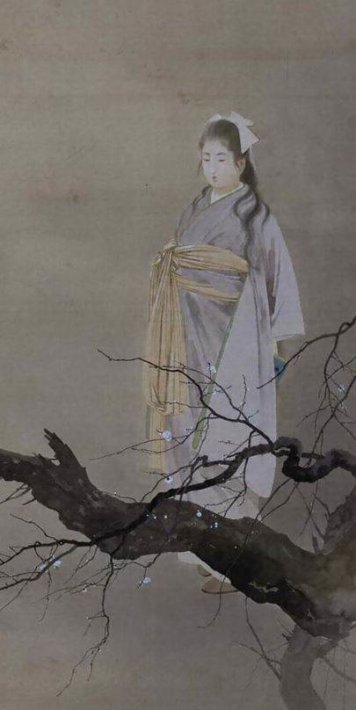
This work deeply reflects the literary taste between 1887 and 1897. While Hanko had a great knowledge of classical literature such as The Tale of the Genji and The Pillow Book, he also actively incorporated Western culture into his works. His attitude of this kind might be one of the reasons why his painting style with the Romanticism of the Meiji era was fostered. His work, “A Widow of in a Spring Evening”, exactly represents a world view of such sort. Hanko had also done a lot of illustrations for novels and newspapers. Through these tasks, he might have gained access to the world of literature.
A Long-Tailed Bird
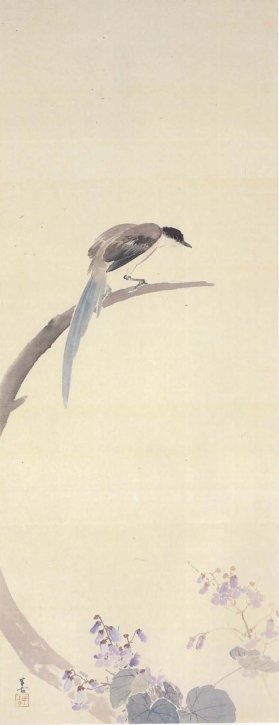
In this work, a long-tailed bird perches on an old tree with a crescent-shaped bend, and at the base of the tree, there are flowers blooming. It is a neat and clean piece of work with colors of low saturation. We can see the integration of painting techniques of the Shijō school and the spirit of modern Japanese painting which Hanko learned from Okakura Tenshin.

